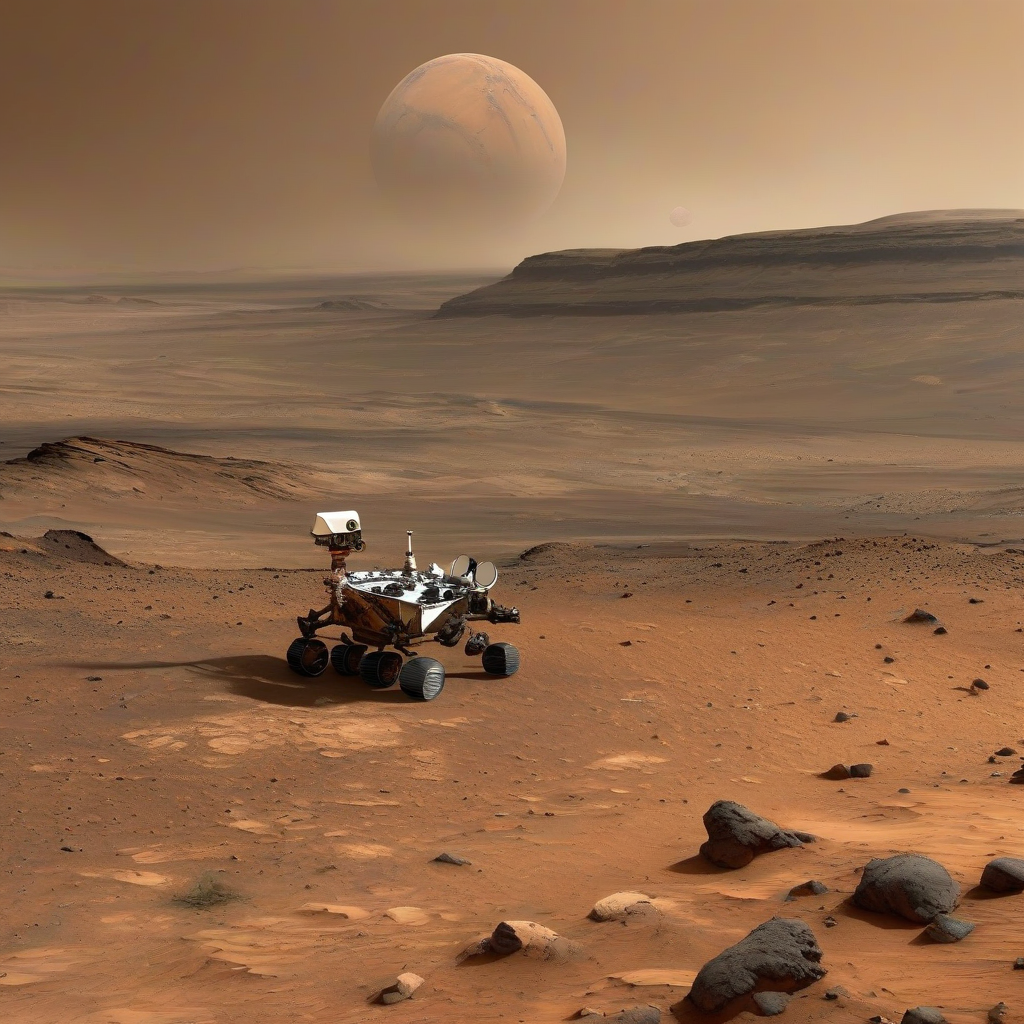# Mars Rovers: How Perseverance and Curiosity Unveil the Red Planet's Geology
Mars has captivated human imagination for centuries. From ancient stargazers who viewed it as a fiery red dot in the night sky to modern-day scientists who send robotic explorers to its surface, the Red Planet holds a special place in humanity's quest for knowledge. Central to this ongoing exploration are two extraordinary rovers: Curiosity and Perseverance. These robotic geologists are unlocking Mars’ secrets, one rock at a time, helping us understand its past, its present, and even its potential to support life.
In this blog, we’ll explore how these rovers study Mars’ geology, uncovering clues about its ancient environment and shaping our understanding of the solar system.
---
Curiosity: Unveiling the Secrets of Ancient Mars
Launched in 2011 and landing on Mars in August 2012, Curiosity was designed to answer one of humanity’s most profound questions: Did Mars ever have conditions suitable for life? This nuclear-powered rover landed in Gale Crater, a 96-mile-wide basin with a mountain—named Mount Sharp—at its center. Scientists believe that billions of years ago, Gale Crater likely held a lake, making it an ideal location to study Mars’ ancient environment.
A Geological Detective at Work
Curiosity is equipped with a suite of instruments that allow it to examine Mars' rocks, soil, and atmosphere in exquisite detail. Some of its most impactful tools include:
- ChemCam: A laser that vaporizes rock surfaces to analyze their composition.
- SAM (Sample Analysis at Mars): A mini-chemistry lab that studies soil and rock samples for organic compounds.
- MAHLI (Mars Hand Lens Imager): A high-resolution camera for close-up images of rocks and textures.
One of Curiosity’s landmark discoveries came in 2013 when it drilled into a rock called John Klein and detected clay minerals, which form in the presence of water. This was the first direct evidence that liquid water once existed on Mars. Further analysis revealed that the ancient lake in Gale Crater had low salinity and a neutral pH—conditions that could have supported microbial life.
A Layered History
As Curiosity ascends Mount Sharp, it’s essentially traveling through time. The mountain’s layers act like pages in a book, preserving a record of Mars’ changing climate. By studying these layers, Curiosity has uncovered evidence of a transition from a wetter, warmer Mars to the cold and arid planet we see today. This transition is key to understanding why Mars lost its habitability over time.
---
Perseverance: Searching for Signs of Ancient Life
Fast forward to 2021, and Mars welcomed its newest explorer: Perseverance, a cutting-edge rover designed to take the search for life to the next level. Perseverance landed in Jezero Crater, another site that once hosted a lake and a river delta, a prime environment for preserving ancient microbial life.
The Quest for Biosignatures
Perseverance is the most sophisticated rover NASA has ever built. While it shares some tools with Curiosity, it also boasts new technologies tailored for its mission to search for biosignatures—chemical or physical traces of past life. Key instruments include:
- SHERLOC (Scanning Habitable Environments with Raman & Luminescence for Organics and Chemicals): A highly advanced spectrometer that scans rocks for organic compounds and minerals associated with life.
- PIXL (Planetary Instrument for X-ray Lithochemistry): A tool that maps the elemental composition of rock surfaces with extraordinary precision.
- SuperCam: An upgraded version of Curiosity’s ChemCam, capable of detecting organic molecules from a distance.
One of Perseverance’s most ambitious goals is to collect and store rock samples for a future Mars Sample Return mission, which will bring them back to Earth for detailed laboratory analysis. These samples could provide definitive evidence of whether life ever existed on Mars.
Ancient River Deltas and Rocks That Tell Stories
In its first year, Perseverance explored the ancient river delta within Jezero Crater, a structure shaped by flowing water billions of years ago. The rover has already found rocks that contain carbonate minerals, which form in water and can trap organic molecules inside. These findings strengthen the case that Jezero Crater was once habitable.
Perseverance also captured high-resolution images of rocks with strange textures and patterns, potentially shaped by microbial activity. While no definitive evidence of life has been discovered yet, these rocks are precisely the kind of samples scientists want to study in Earth labs.
---
Comparing Curiosity and Perseverance: A Geology Dream Team
Although Curiosity and Perseverance share similar designs, their missions complement one another
